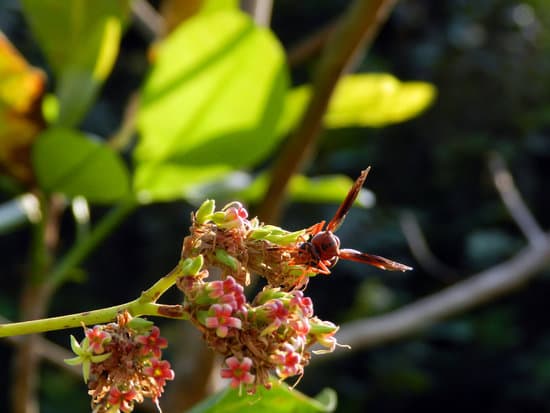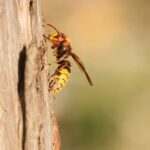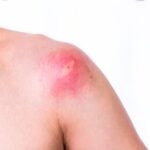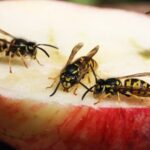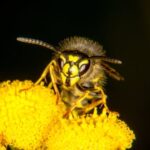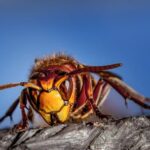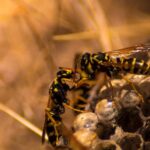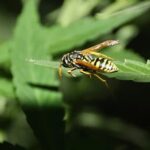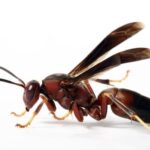Why Are There Wasps in Figs?
Figs are fruit that grows on trees and are usually found in Mediterranean countries. Most figs are self-pollinating, meaning they don’t need wasps for pollination. However, there are some figs that are dependent on wasps for pollination. The life cycle of these wasps is closely intertwined with the life cycle of figs.
A female wasp lays eggs inside tiny fig flowers. These eggs hatch into larvae. The larvae then live in the figs for a period of time. After the larvae grow into wasps, they search for a new host. They find a new host through tunnels dug by their partners. The new female wasp then begins to lay eggs inside a male fig.
After the female wasp lays eggs inside a male fig, she leaves the male fig through an escape tunnel. In the process, she loses her wings. She then crawls through a very small opening called the ostiole. This opening is only linked to the outside world through a bract-lined opening.
When the female wasp has finished pollinating the fig, she dies. The fig then absorbs her body. The fig produces a special substance called ficin. The ficin breaks down the female’s exoskeleton. The ficin then reabsorbs the foreign proteins. The fig then produces seeds.
Figs are often eaten by humans. However, they are also eaten by monkeys and birds. They are typically a late summer crop. They are known for their crunchy sensation due to the seeds inside the fig.
